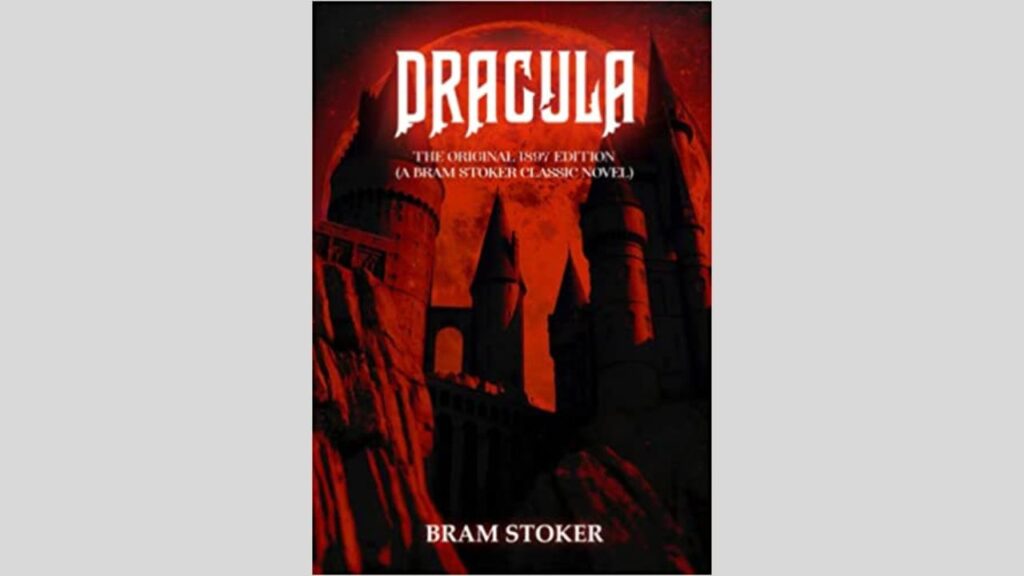
Student Notes – Dracula by Bram Stoker
Introduction:
Dracula, written by Bram Stoker and published in 1897, is a timeless classic that introduced the world to one of literature’s most iconic villains. This epistolary novel weaves a chilling tale of horror, suspense, and the battle between good and evil. These student notes provide a comprehensive analysis of key elements, characters, and themes in Dracula, deepening readers’ understanding and appreciation of this Gothic masterpiece.
Plot Summary:
- Dracula follows the story of Count Dracula, a centuries-old vampire from Transylvania, as he seeks to spread his undead curse to Victorian England. A group of characters, led by Professor Abraham Van Helsing, band together to stop Dracula’s reign of terror.
Characters:
Count Dracula:
- The Antagonist: Count Dracula is a complex and enigmatic character, embodying both seduction and menace. He represents the embodiment of evil, preying on innocent victims to sustain his immortality.
- Supernatural Powers: Dracula possesses supernatural abilities, including shape-shifting, control over animals, and the ability to manipulate the minds of his victims.
Jonathan Harker:
- The Protagonist: Jonathan Harker is a solicitor who initially travels to Transylvania to assist Dracula with legal matters. He becomes trapped in Dracula’s castle and serves as the primary narrator for the first part of the novel.
- Transformation and Survival: Jonathan undergoes a transformation from an innocent and naive young man to a survivor who fights against Dracula’s influence.
Mina Murray:
- Jonathan Harker’s Fiancée: Mina is a strong and intelligent woman who becomes entangled in Dracula’s web of terror. She serves as a beacon of hope and intelligence, working alongside the other characters to defeat the vampire.
- The Threat of Corruption: Mina becomes a target for Dracula, who seeks to corrupt her purity and turn her into one of his undead minions.
Professor Abraham Van Helsing:
- The Wise Mentor: Professor Van Helsing is a knowledgeable and experienced vampire hunter who leads the group in their battle against Dracula. He possesses extensive knowledge of vampire lore and acts as the voice of reason and guidance.
- Symbol of Goodness and Rationality: Van Helsing embodies the forces of good, using his expertise and intellect to counter Dracula’s evil intentions.
Themes:
Good versus Evil:
- The central theme of Dracula is the battle between good and evil. Stoker explores the duality of human nature, the power of faith, and the resilience of the human spirit in the face of darkness.
Fear and Seduction:
- The novel examines the themes of fear and seduction, as Dracula manipulates and preys upon his victims, using their fears and desires against them.
Victorian Society and Gender Roles:
- Dracula reflects the social norms and gender roles of Victorian society. The female characters, particularly Mina, challenge traditional gender expectations by actively participating in the fight against Dracula.
Sexuality and Repression:
- Stoker incorporates elements of sexuality and repressed desires throughout the novel. Dracula’s vampiric seduction is a metaphor for forbidden desires and the breaking of societal taboos.
Conclusion:
Dracula is a gripping and influential novel that has left an indelible mark on the horror genre. Bram Stoker’s vivid portrayal of Count Dracula, along with the complex characters of Jonathan Harker, Mina Murray, and Professor Van Helsing, captivates readers with its exploration of good versus evil, fear, and the constraints of Victorian society. By engaging with the student notes provided, readers can deepen their understanding of the themes, characters, and enduring impact of Dracula, allowing for a richer appreciation of this Gothic masterpiece.





